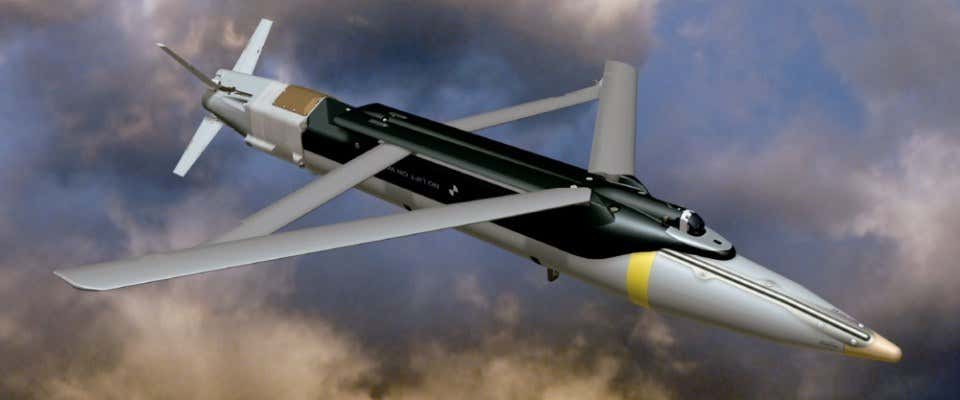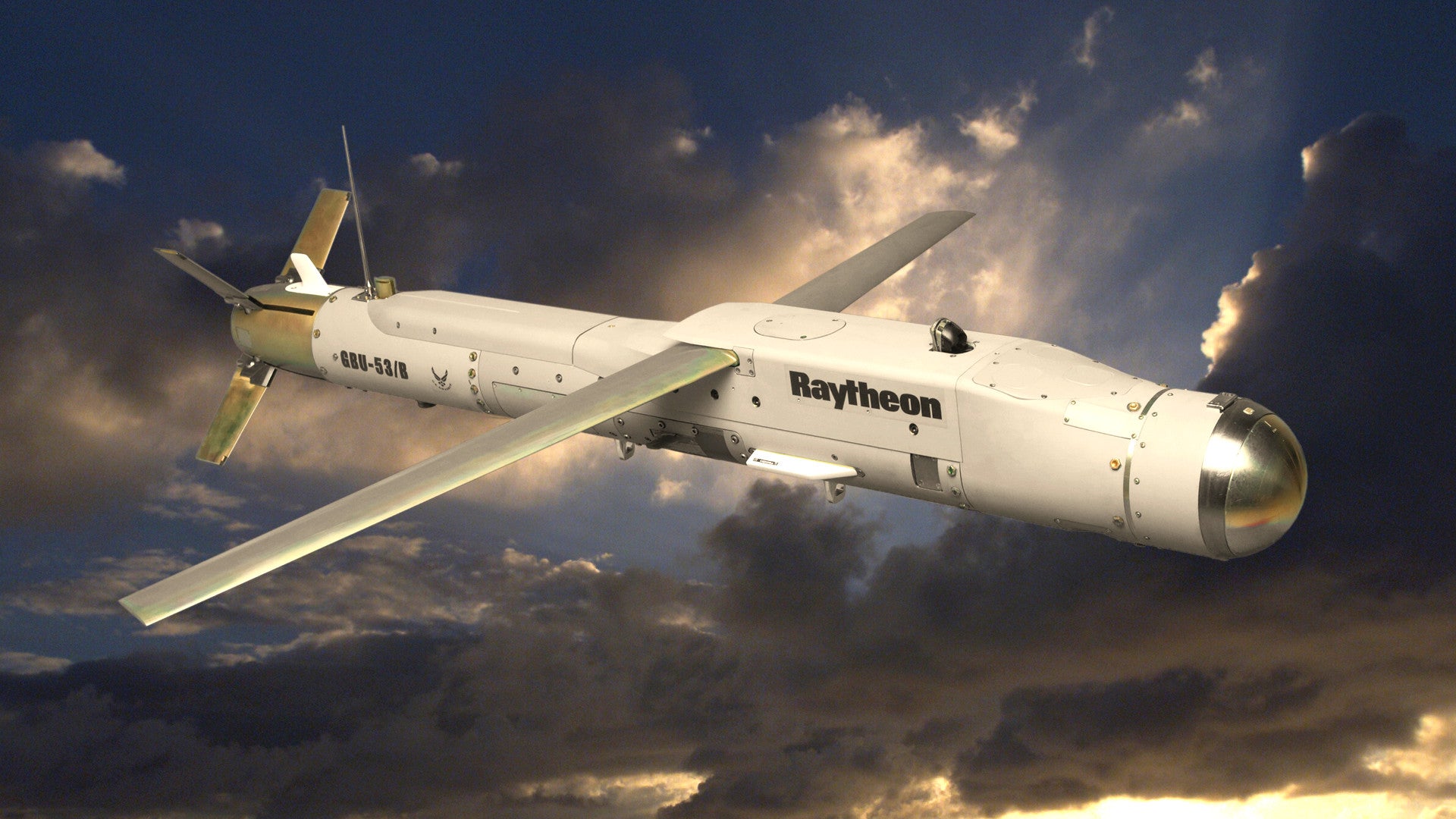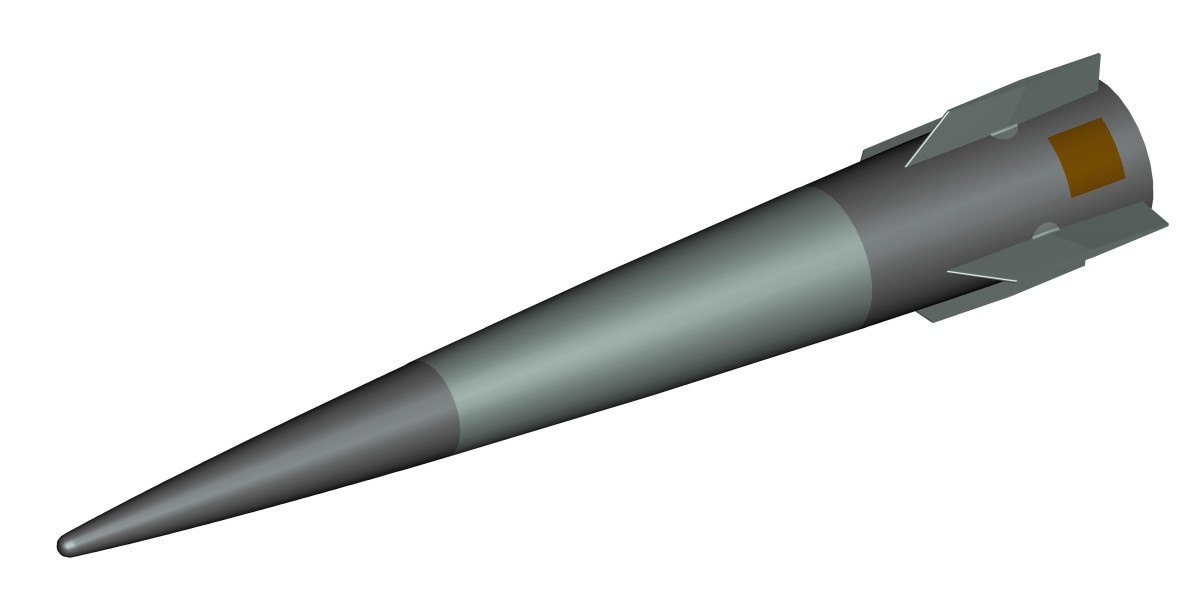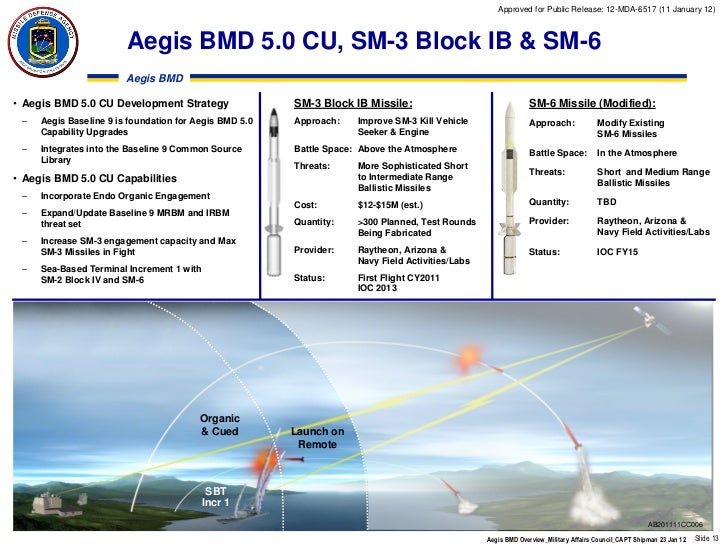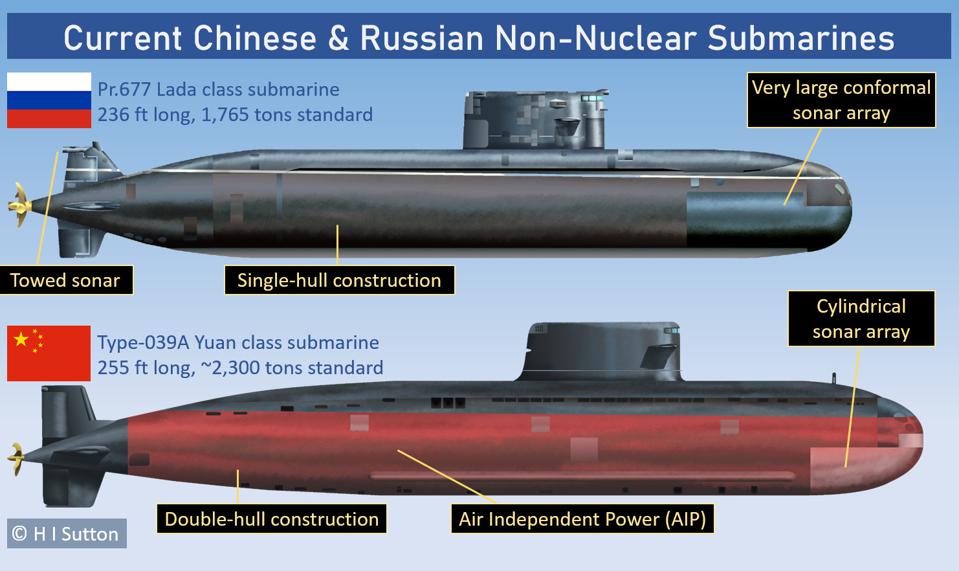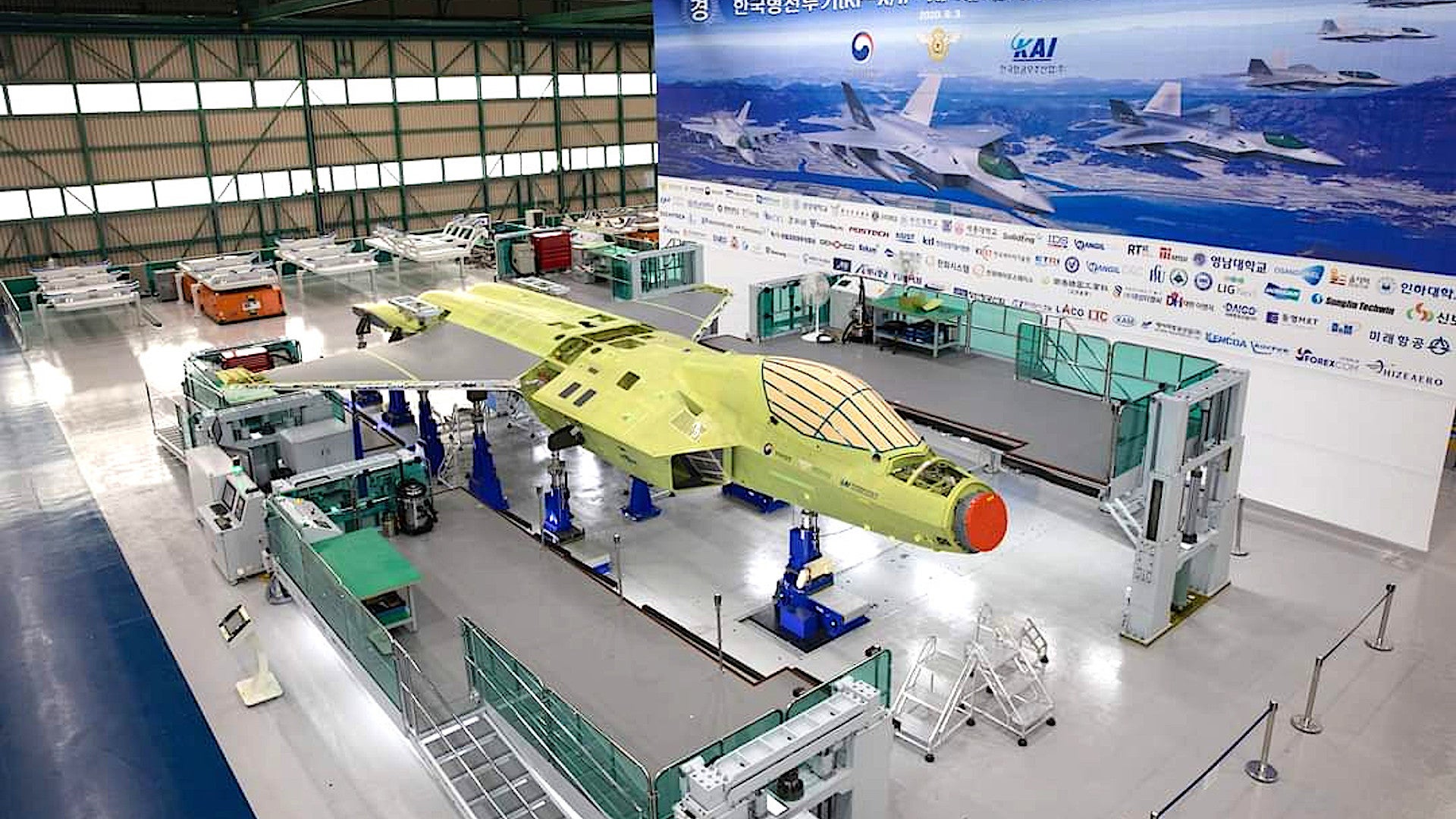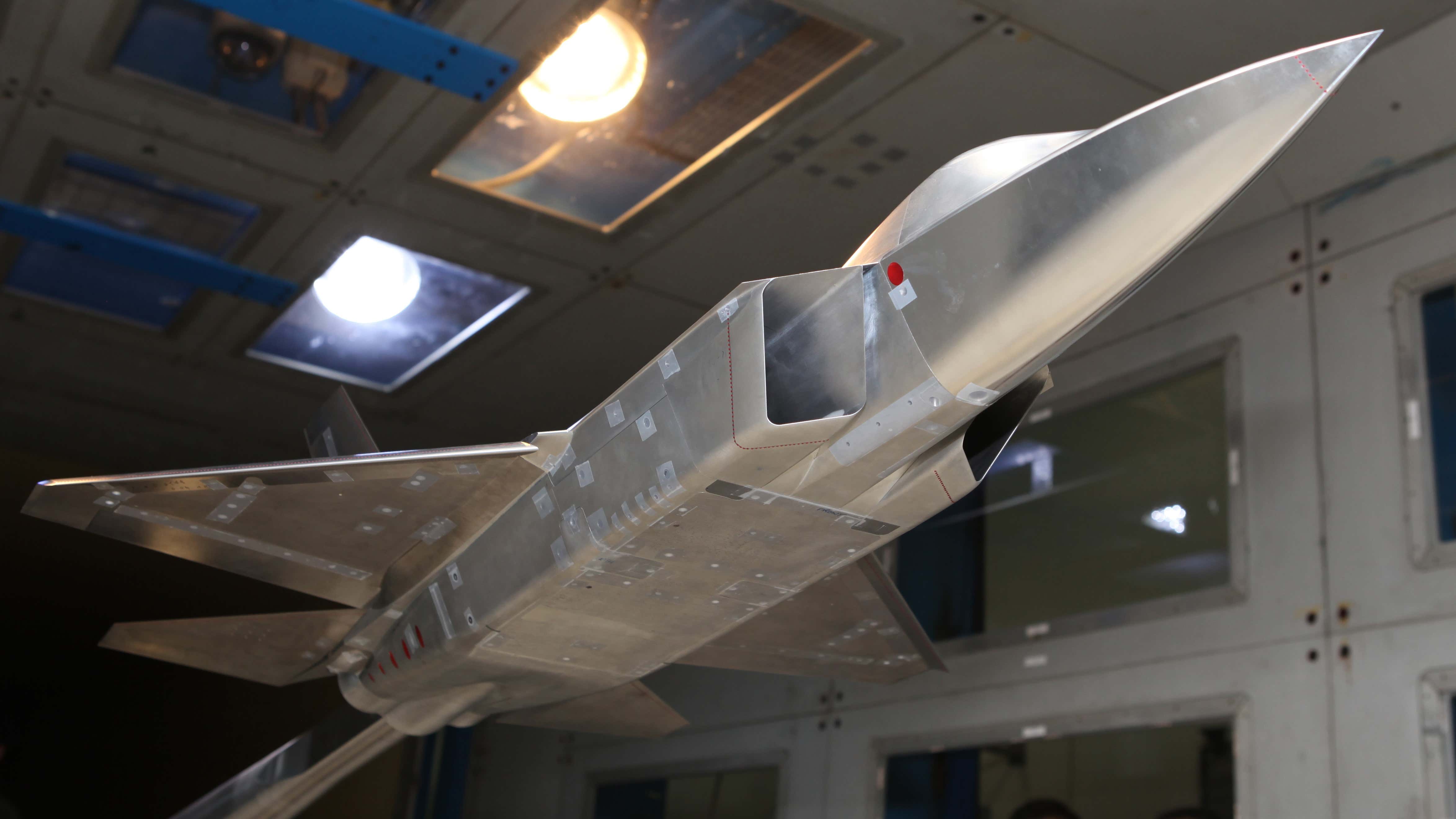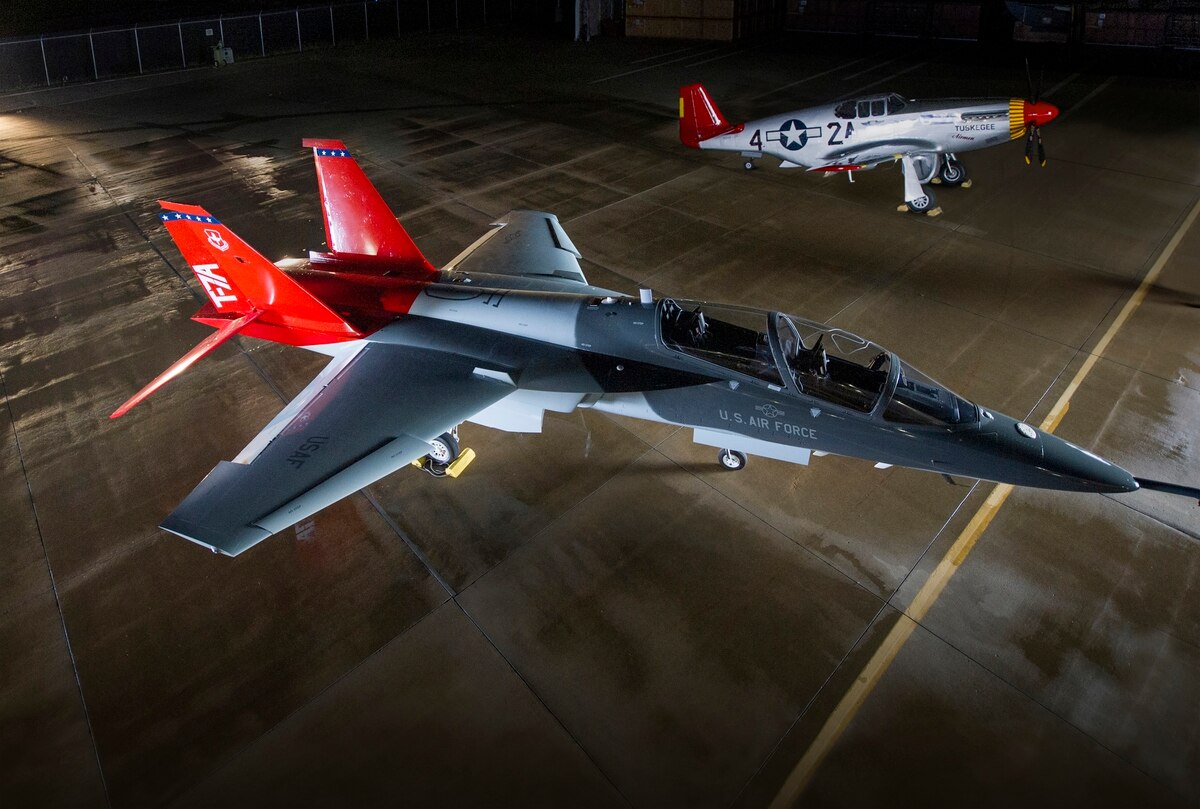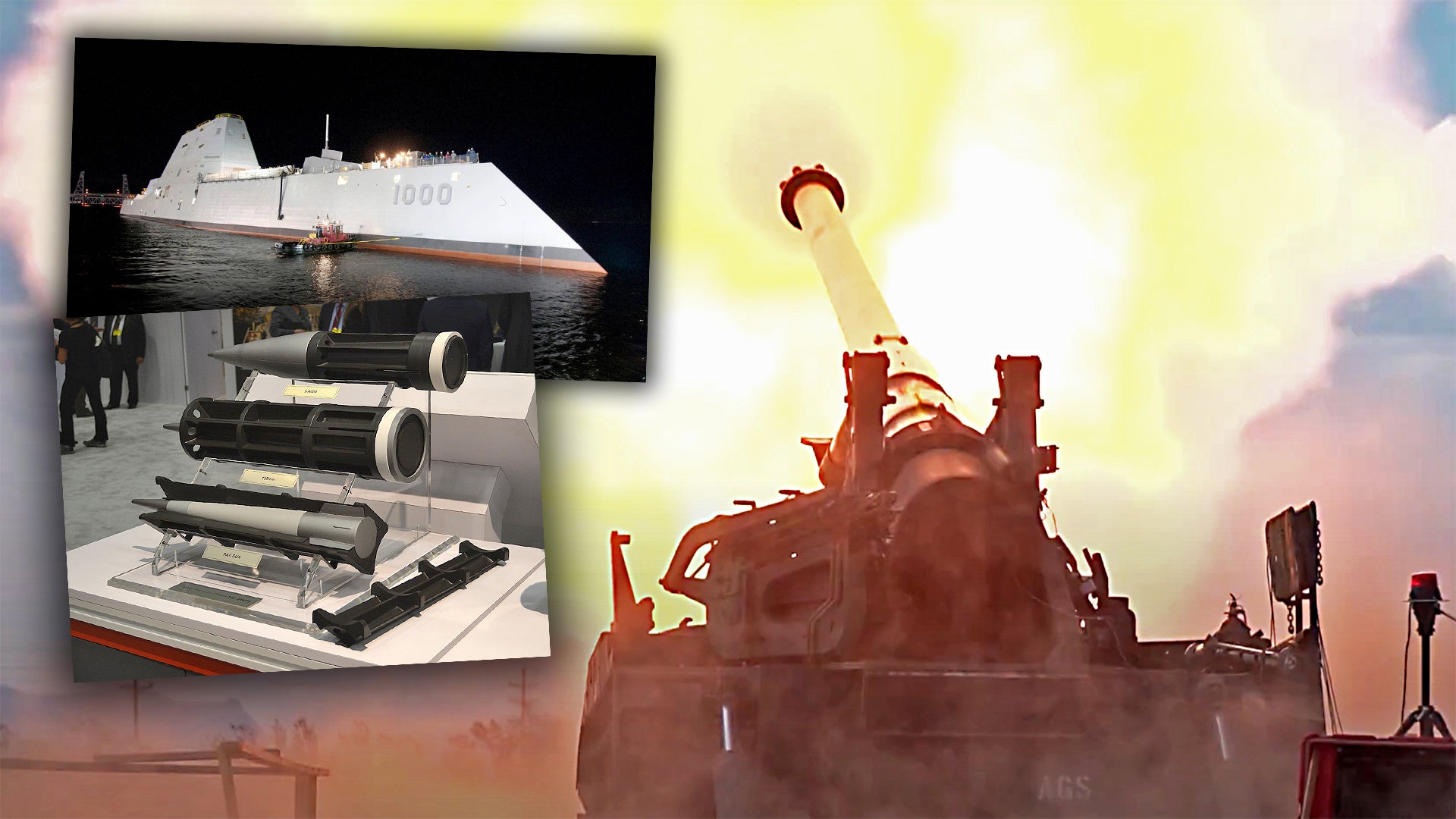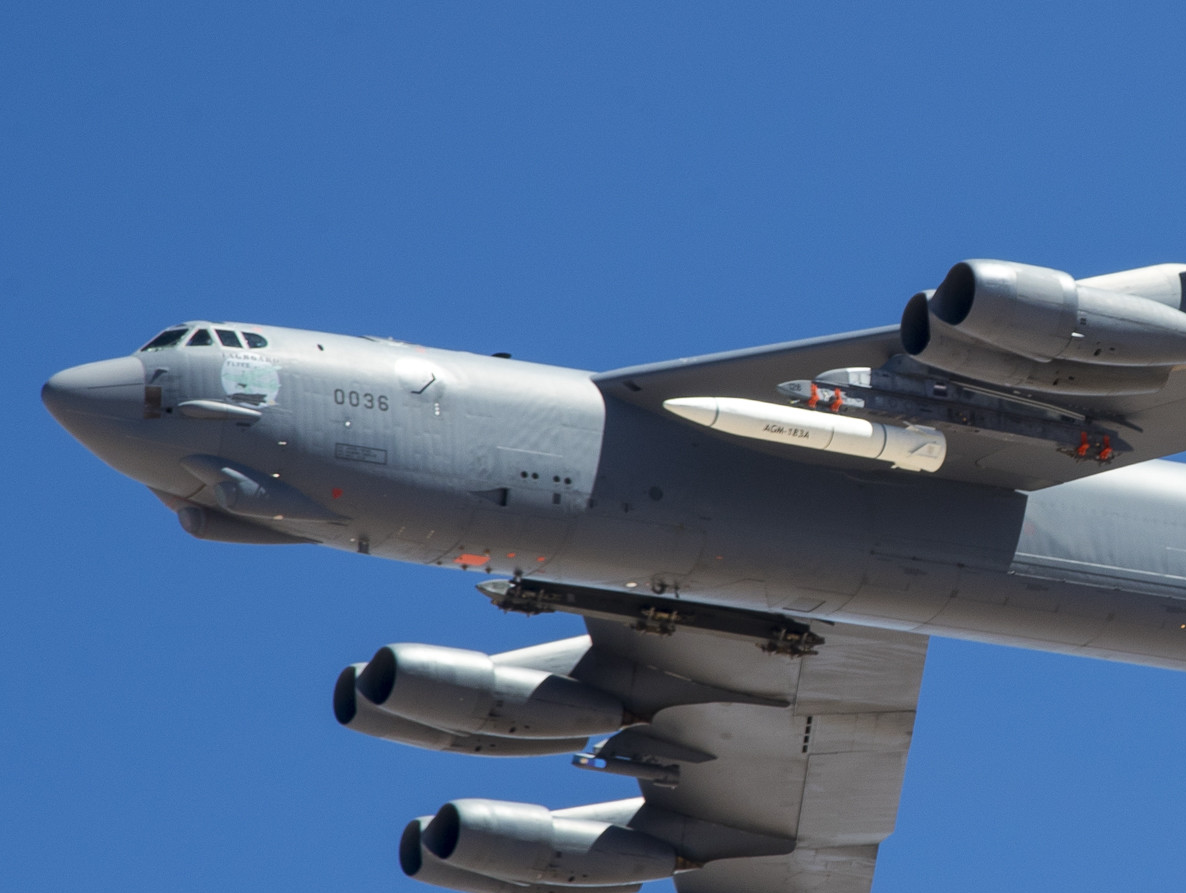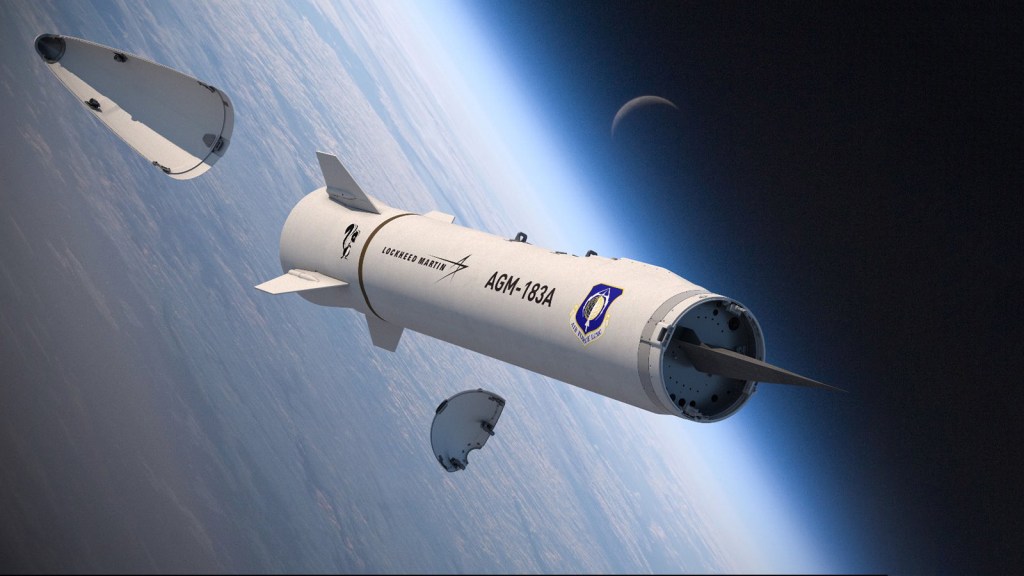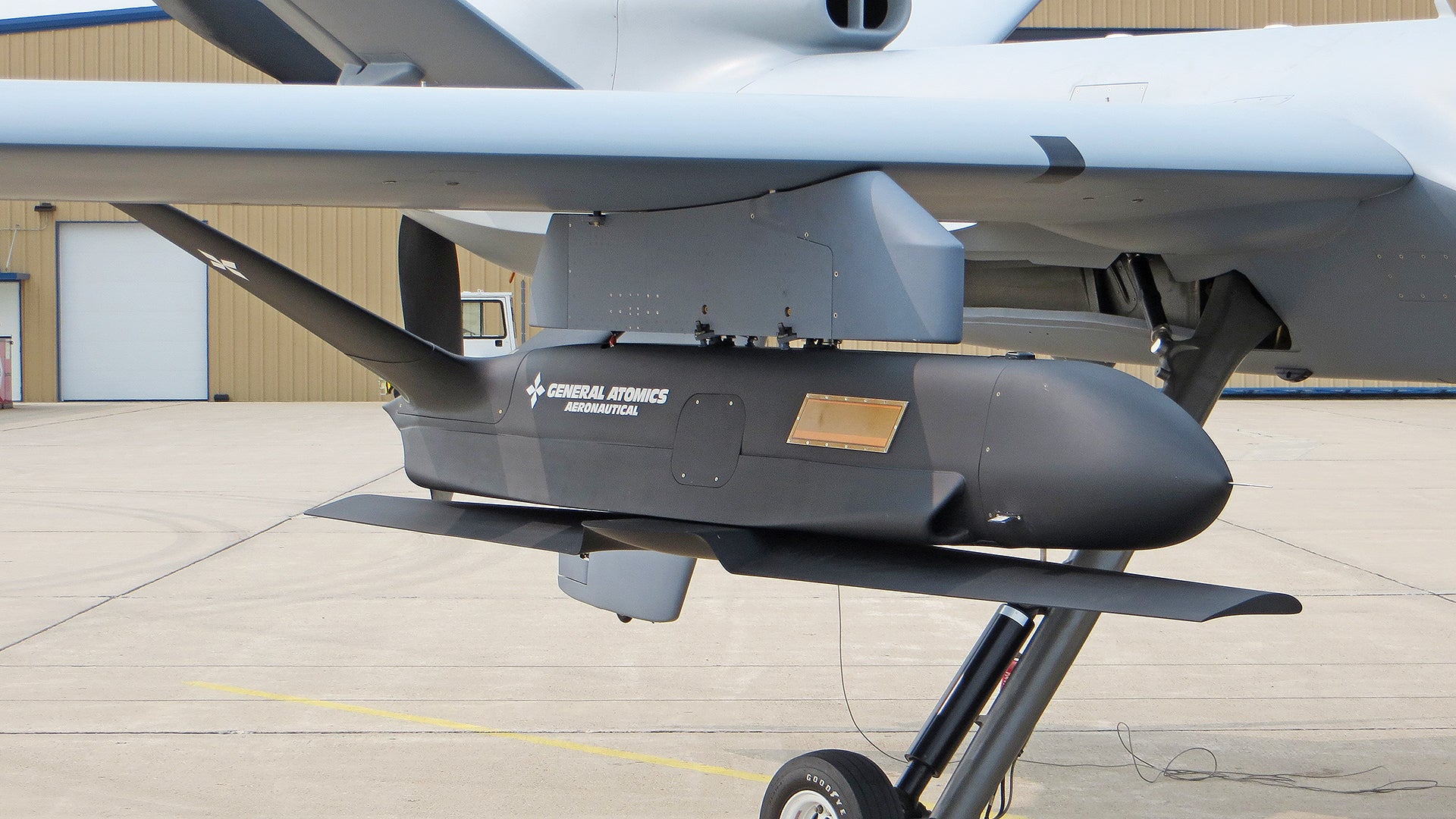Winston
Lorenzo von Matterhorn
- Joined
- Jan 31, 2009
- Messages
- 9,560
- Reaction score
- 1,749
Talk about a bad boss.
"Werwolf was built mostly using Soviet prisoners of war. Working under Organization Todt supervision, according to one account, Hitler ordered [the] commander of the FBB to liquidate the workers on completion of the project. Hitler remarking, "They must all be shot. There is not a moment to lose. They know too much about my HQ." Thomas apparently carried out this order faithfully for there are large grave pits in a nearby village."
Also discussed at length is a Hilter assassination plot.
Werwolf - Hitler's Forgotten Eastern Front Headquarters
"Werwolf was built mostly using Soviet prisoners of war. Working under Organization Todt supervision, according to one account, Hitler ordered [the] commander of the FBB to liquidate the workers on completion of the project. Hitler remarking, "They must all be shot. There is not a moment to lose. They know too much about my HQ." Thomas apparently carried out this order faithfully for there are large grave pits in a nearby village."
Also discussed at length is a Hilter assassination plot.
Werwolf - Hitler's Forgotten Eastern Front Headquarters





